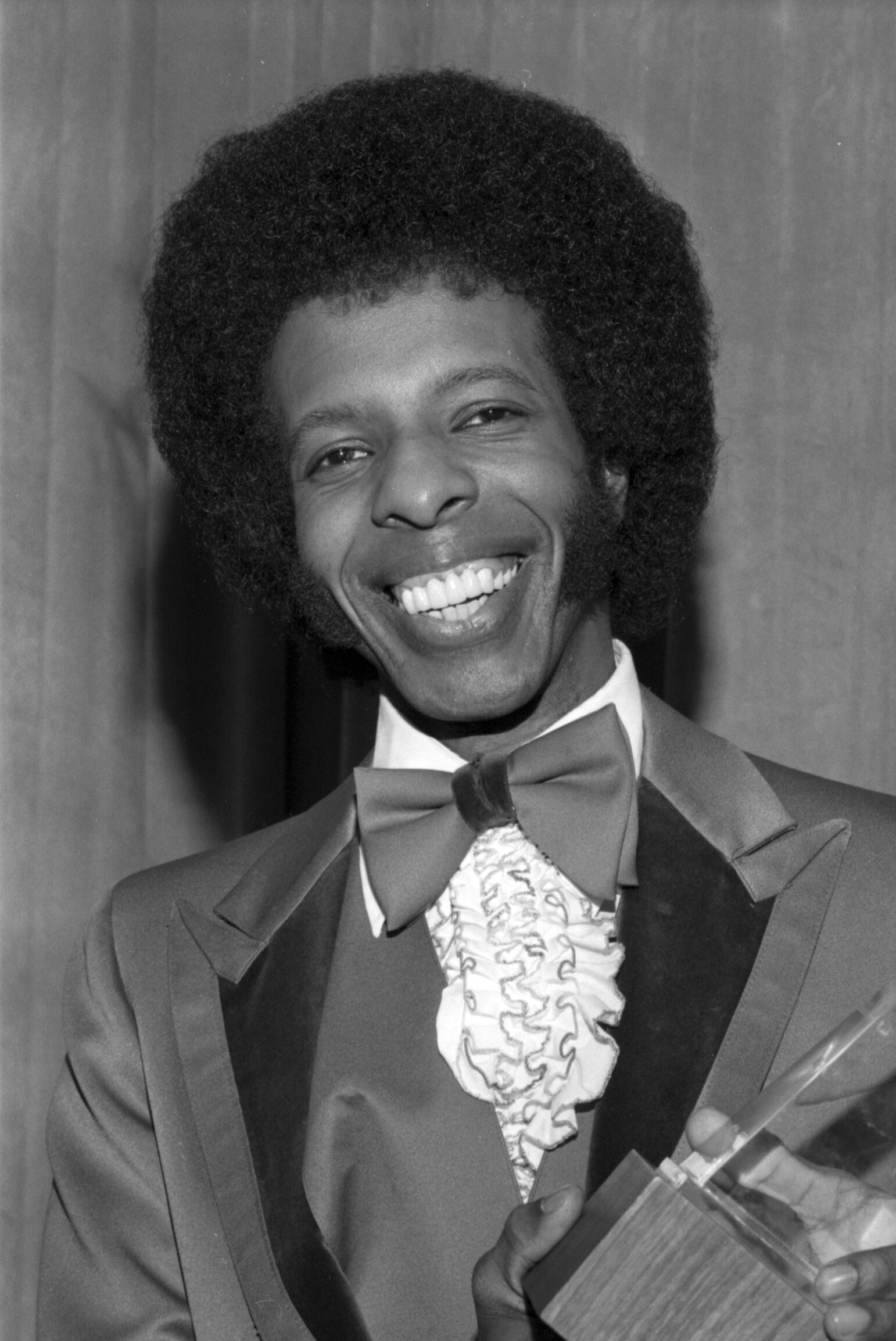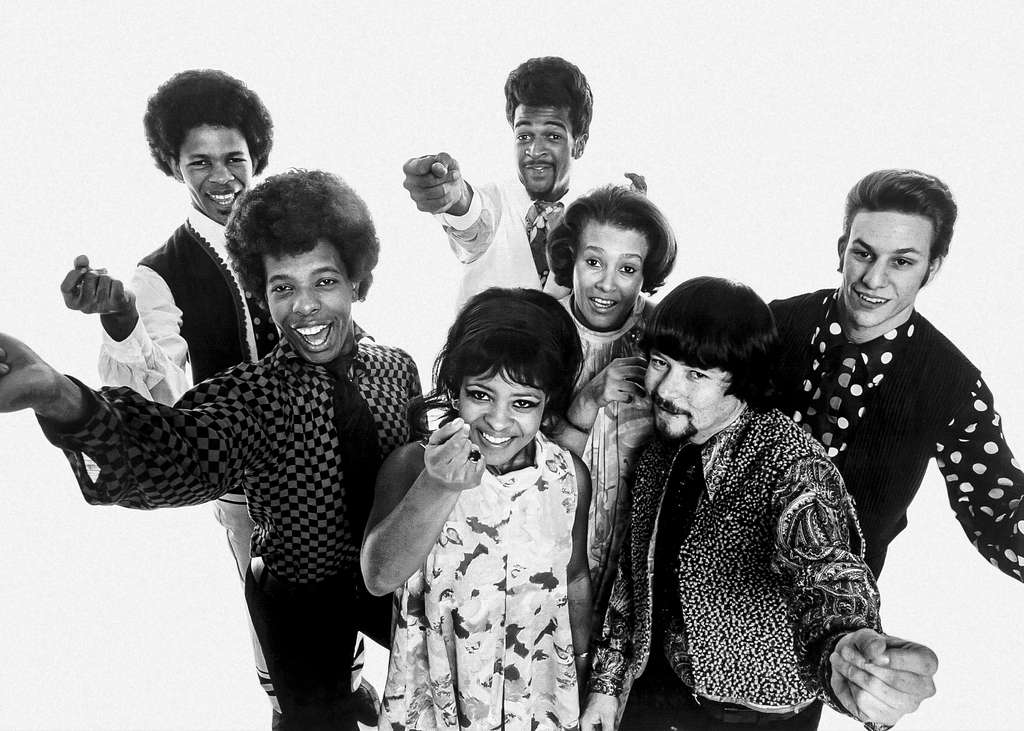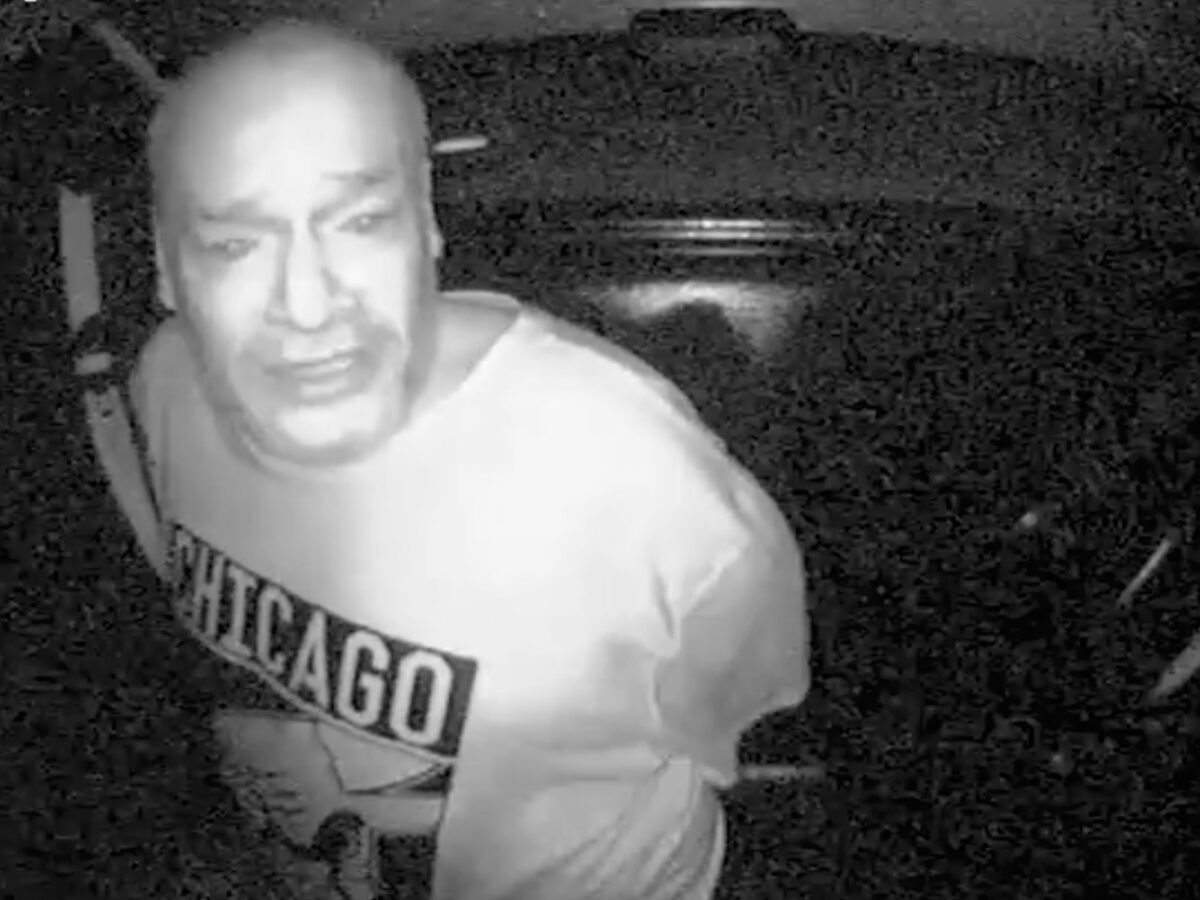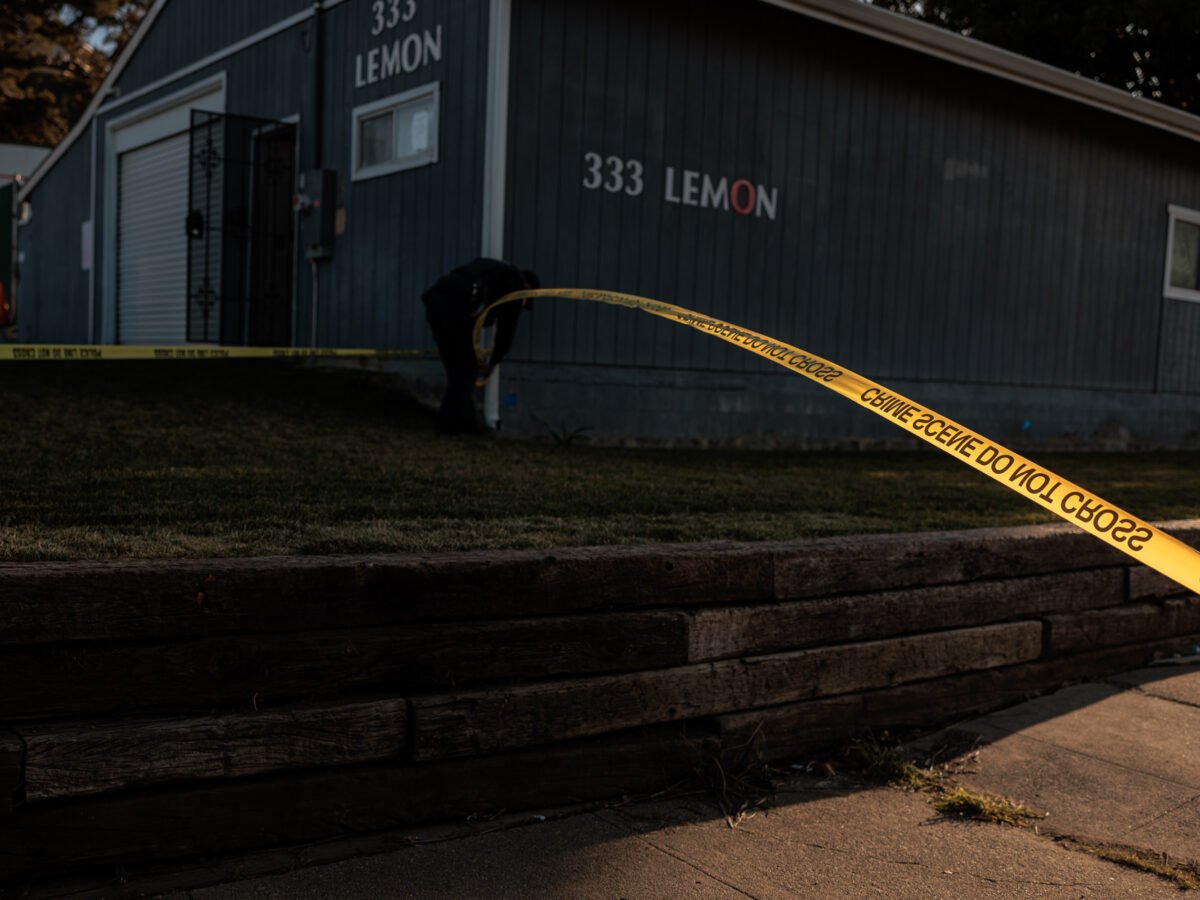
Sly Stone, the singer, songwriter, producer, and multi-instrumentalist who grew up in Vallejo and rose to fame in the late 1960s with his band Sly and the Family Stone, died at 82 on Monday, his family has announced. He had been battling chronic obstructive pulmonary disease and “other underlying health issues,” his family wrote in a statement.
“Sly was a monumental figure, a groundbreaking innovator, and a true pioneer who redefined the landscape of pop, funk, and rock music,” his family wrote. “His iconic songs have left an indelible mark on the world, and his influence remains undeniable.”
Stone, born Sylvester Stewart in Denton, Texas on March 15, 1943, was raised in Vallejo with his four siblings. In the family’s first Vallejo home at 125 Denio Street, music was “as much a part of our home as the walls or the floor,” Stone wrote in his 2023 autobiography. “The piano was as prominent as the kitchen table.”
Stone’s parents played multiple instruments, including guitar and violin, while Stone and his siblings “sang from as early as I can remember,” he wrote. They first learned gospel songs, cultivating their musical skills in a family gospel quartet at the Church of God in Christ in San Francisco. They performed as the Stewart Four and recorded a single with Stone, age 8, on lead vocals. By age 11, he played keyboards, guitar, bass, and drums.
Stone attended Vallejo High School, where he joined a doo-wop group called The Viscaynes with five other students, taking the lead on vocals and musical arrangements. Other than Stone, four of the singers were white and one was Filipino — an unusually diverse lineup for the 1950s.

The band members’ parents drove them to local gigs until they got their first break on a San Francisco talent showcase called Dance Party, which led to a record deal. They had a hit with the love ballad “Yellow Moon,” though the profits and songwriting credits went to the producer — an “early lesson” in the music business, Stone later wrote.
In the 1960s, Stone studied trumpet and music composition at Vallejo Junior College, now Solano Community College. He got his first job in radio at an R&B station in San Francisco, where he spun records by both Black and white artists.
“In radio, I found out about a lot of things I don’t like. Like, I think there shouldn’t be ‘black radio.’ Just radio. Everybody be a part of everything,” Stone said in a 1970 Rolling Stone profile. “I didn’t look at my job in terms of black.”
According to the profile, Stone was “getting such high ratings that station managers simply couldn’t hassle him about the revolutionary things he was doing.”
While working in radio, Stone formed the diverse, powerhouse band that would come to be known as Sly and the Family Stone. The band included his brother Freddie on lead guitar; sister Rose on keyboards and vocals; Vallejo High School friends Cynthia Robinson and Jerry Martini on trumpet and saxophone; and local musicians Greg Errico and Larry Graham on drums and bass, respectively.
The group played soul and R&B covers around the San Francisco suburbs until they were noticed by a New York record label scout and signed a deal that would lead them to national fame with their 1968 album, “Dance to the Music,” and a performance at Woodstock in 1969.
Sly and the Family Stone honed a unique sound that combined gospel and soul singing styles with James Brown-inspired rhythms and acid rock influences from San Francisco, Bay Area-based music scholar and DJ Dr. Rickey Vincent has written.
Their 1971 album, “There’s a Riot Goin’ On,” would be remembered as a reflection of the social upheaval of the time, including demonstrations against the war in Vietnam and racial inequality. Music critic Dave Marsh wrote that the album seemed to portray Stone’s rejection of his public role as “the joyous, life-affirming black hero,” and marked instead the beginning of a wave of albums by Black artists that sought to resist neat narratives about “integrationist” or “cross-over” musical sounds.
The group broke up in 1975, capping an ascent to fame that eventually included chaotic shows and drug use.
In the 1980s, Stone “slipped into seclusion,” in the words of his official biography, making a brief appearance at his induction into the Rock and Roll Hall of Fame in 1993. He appeared onstage at the 2006 Grammy Awards, but left it to a group of musicians to perform his 1968 hit, “I Want to Take You Higher,” as he “disappeared into the night,” according to his website.
Stone’s music has been explored in recent documentaries, including “Summer of Soul” (2021) and “Sly Lives! (aka The Burden of Black Genius)” (2025), and has left a mark on Vallejo musicians who followed — like rapper, producer, and songwriter Mac Dre, who sampled Stone on his 2002 song, “My Folks,” and funk group Con Funk Shun, which formed in Vallejo in the 1970s and continues to perform around the Bay Area.
Stone recently completed an autobiographical screenplay, which his family says they are “eager to share with the world in due course.”
In his autobiography, Stone remembers the musical world that forged him in Vallejo. “I felt incomplete without an instrument, or maybe it’s more to the point to say that I only felt complete with one,” he wrote.
“When I went out into the world, I was surprised to see people who weren’t carrying instruments. I wasn’t sure what they did instead.”





